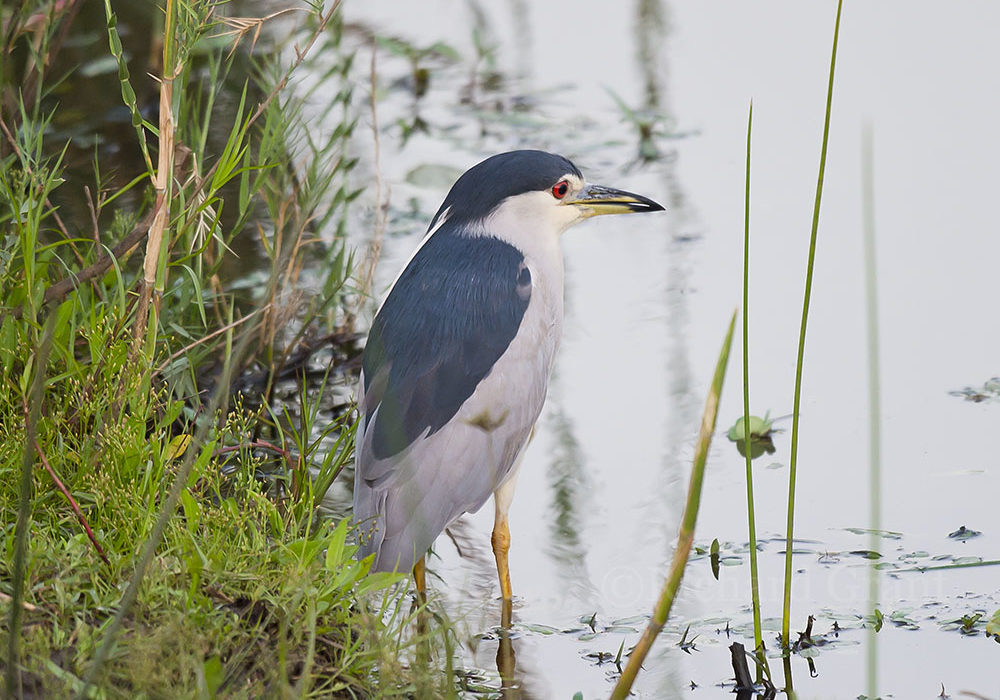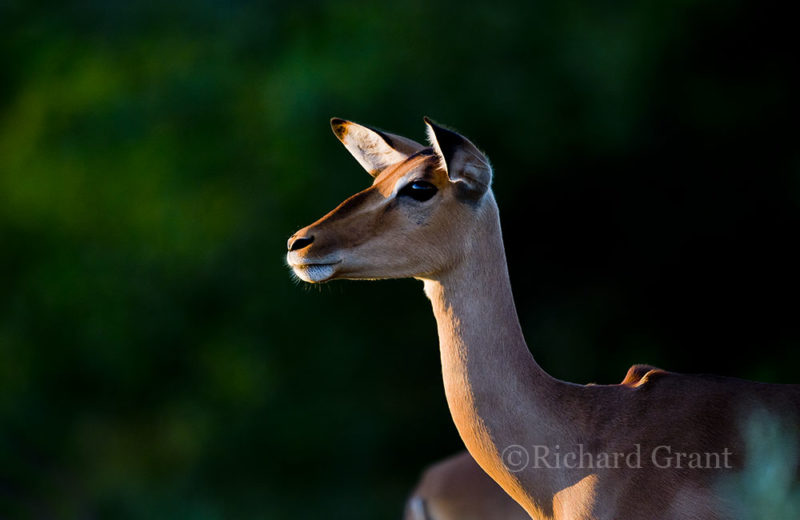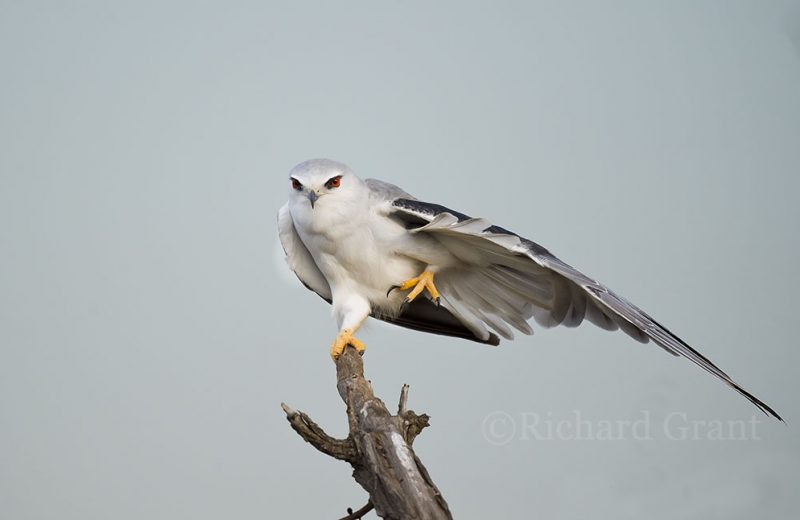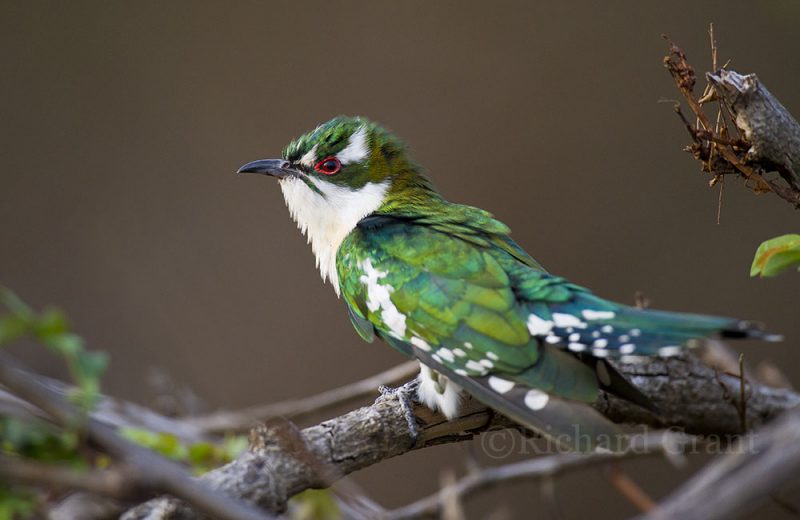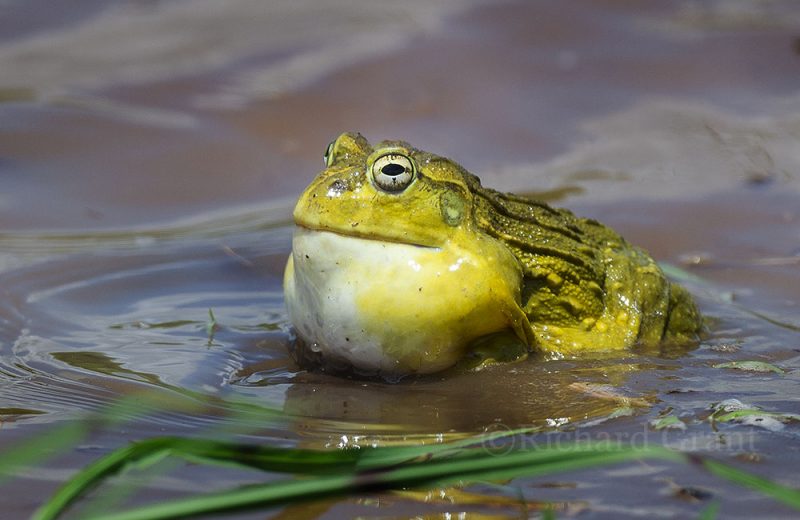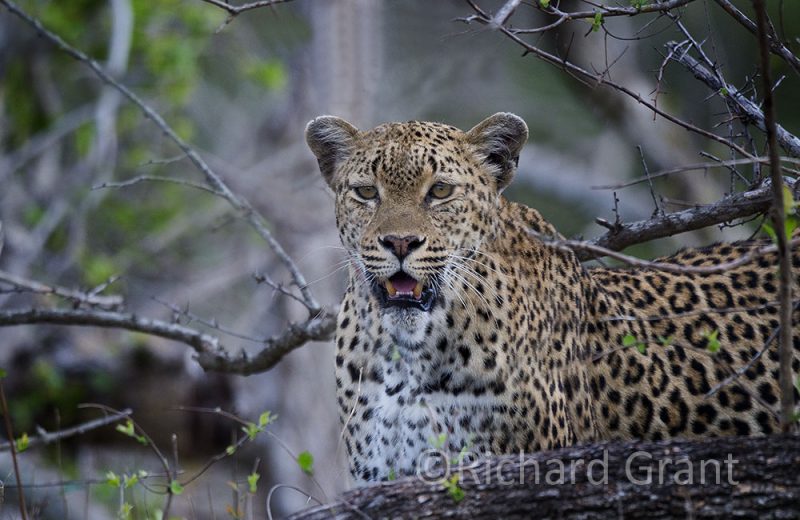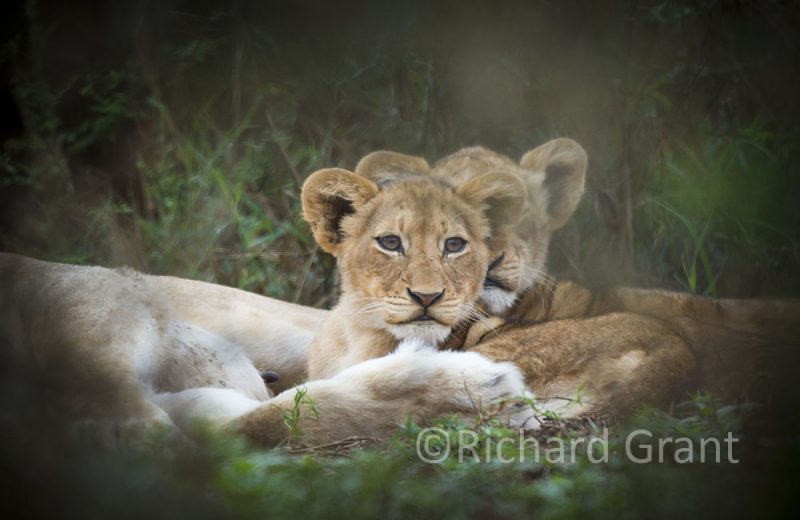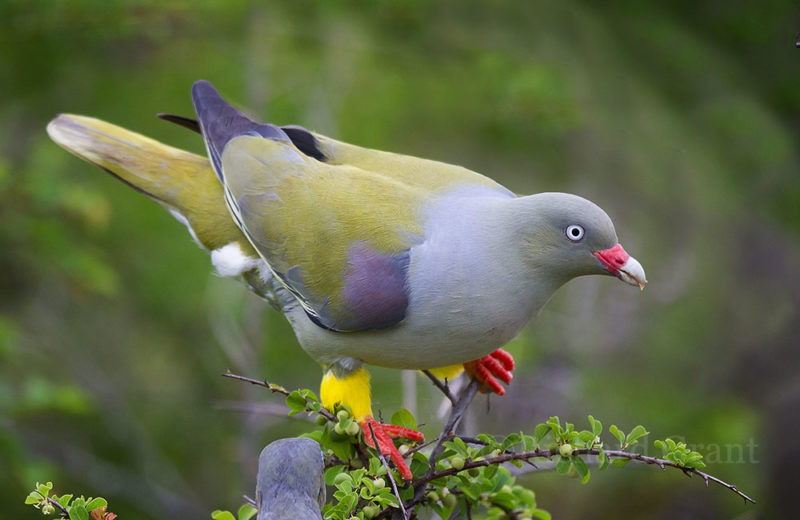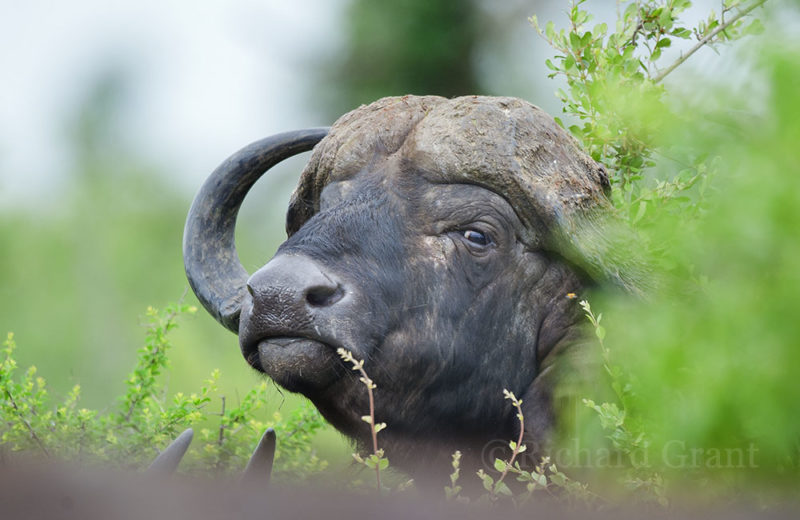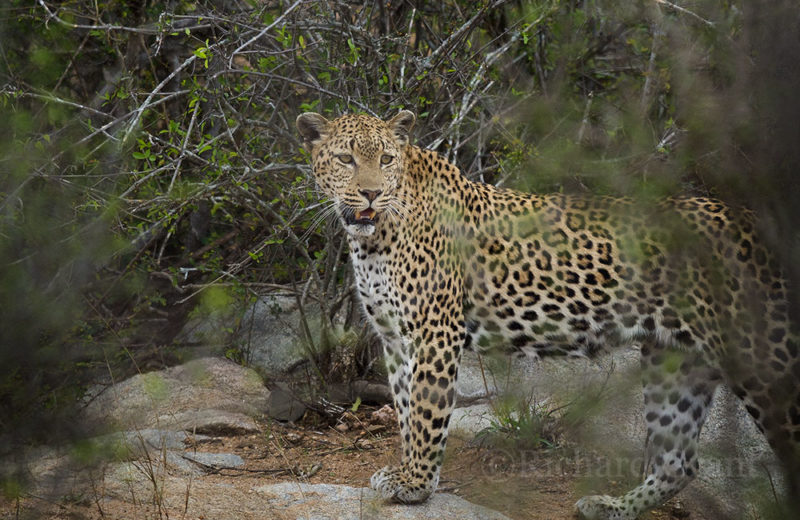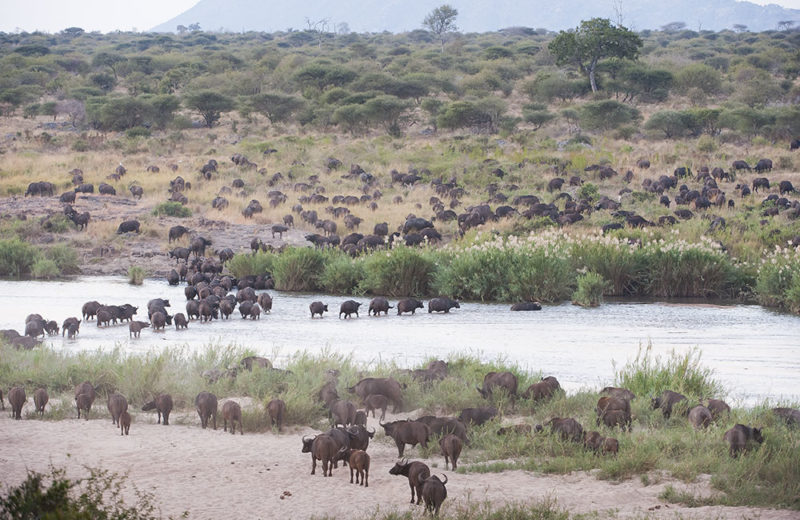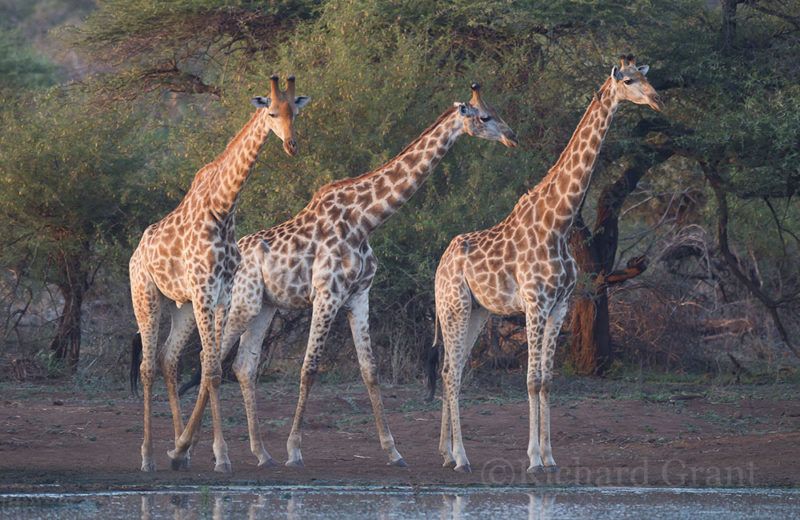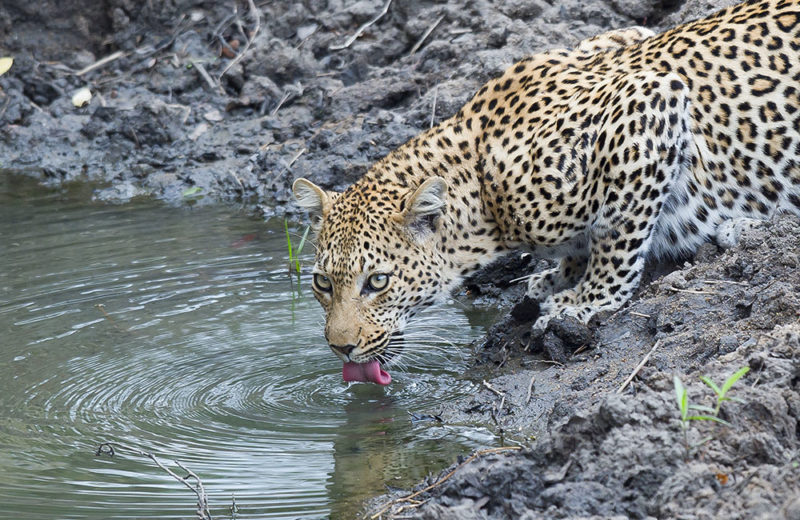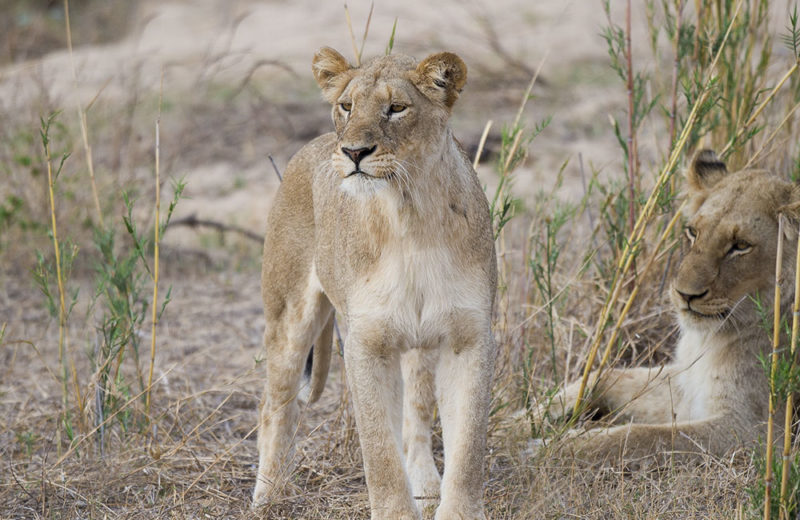Friday, 15th
We have spent a few days in Johannesburg tending to family matters whilst staying with David and Steph in Kyalami. Principally, we wanted to see Warren (youngest son) and wife Naomi before they fly off to Belgium. Warren’s stingray leg wound remains cause for concern but today it is showing signs of improvement.
Renette and I leave Jo’burg at 10am and head back to our beloved Kruger. The sky has cleared after the recent rains and we are keen to see how Kruger has benefited. Gareth is back from UK sorting out visa issues and finds time to drive up from KZN to be with us for ten days. We meet at Crocodile Bridge entrance gate at 2.30pm.
Disappointingly, the flow of the Crocodile River has barely increased and the area around Croc Bridge has not had much rain. The Vuhumi Stream bed remains bone dry without a puddle. But as we drive towards Lower Sabie, green grass is beginning to shoot and pools of water lie about in the veld.
Arriving at Lower Sabie Camp, we find the caravan and tent in good order. I had taken precautions against the forecasted storms which was fortunate as campers tell us that heavy rain lashed the area yesterday evening. I had set up my rain gauge and measure 20mm of rain therein.
We go out for an hour at 5.30pm to Lullaby Rocks and then back to Sunset Dam.
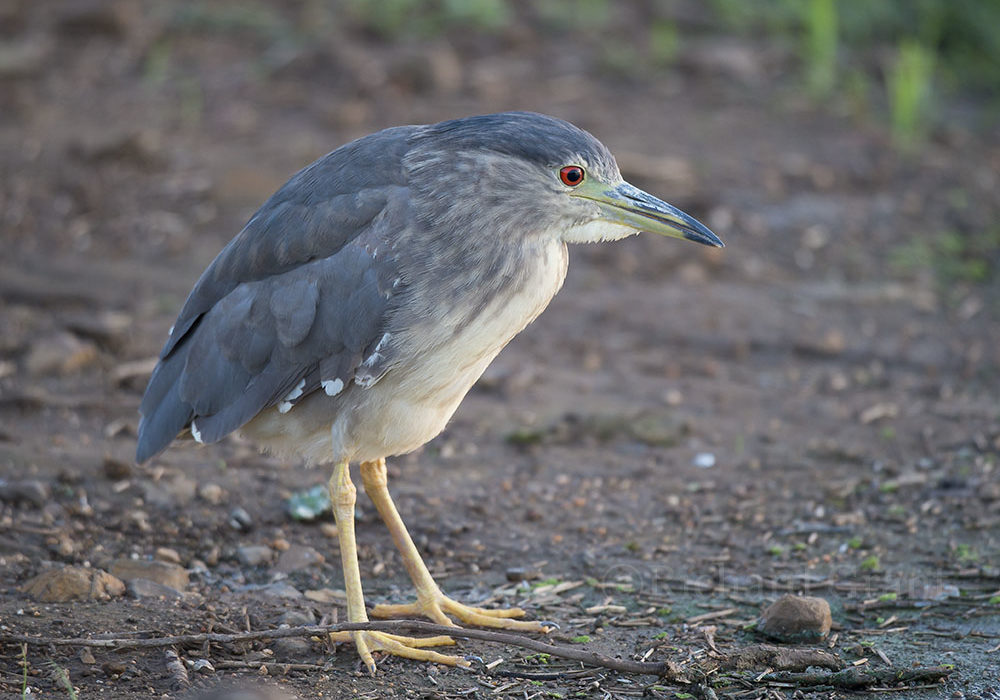
We don’t see much and it would appear that the animals have scattered into the wet veld away from the river. Tomorrow we will get down to some serious work at 4.30am.
Saturday, 16th
With Gareth, the three of us are out of the gate at 4.30am. The day is still and cool, and the sky clear and bright following the rain. Today we are going up the H10 towards Muntshe and then cutting across to the S30 Salitje road.
Across the Sabie River and just beyond the four-way intersection, Gareth spots a porcupine scuttling along near the road with his quills fully fanned out. Unfortunately, the light is very gloomy at that time and I cannot photograph this remarkable sight. He busily makes his way through the bushes and then ducks into a culvert under the main road – presumably his usual resting place during the day.
We continue up the main road with pools of water lying on either side and then turn left along the S29 gravel road towards Mafourteen. The sun slips over the horizon and the veld is alive with bird calls – amongst them the Coqui and Shelley’s Francolins.


In the distance, a great Martial Eagle rests in one of the few trees that remain in these grasslands.
We ease our way up the S30 which initially has been burnt on the left. But the road is quiet although we come across the occasional perched vultures.
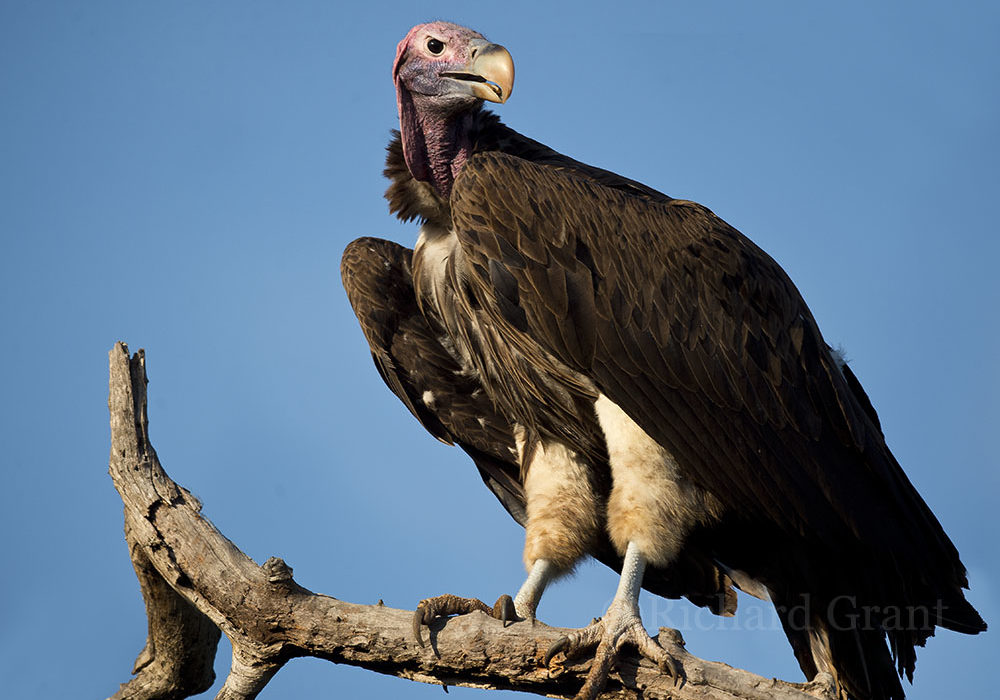
Whereas up until now, lions were strung out along the Sabie riverbed, today nothing stirs and the animal herds are nowhere to be seen. The pools of water have scattered everything far and wide and the river road is quiet. But the bird calls are everywhere as they have been invigorated by the rain which has been widespread.
Although we by no means cracked it, it was a most enjoyable morning in the clear fresh air. Back in camp Gareth takes the camera and goes walkabouts.
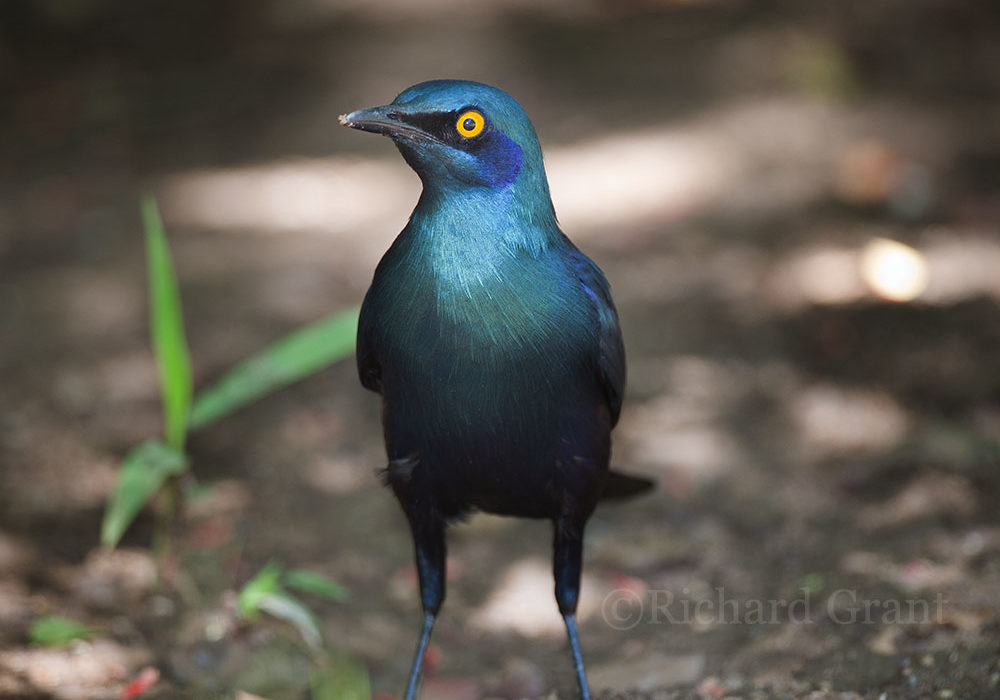
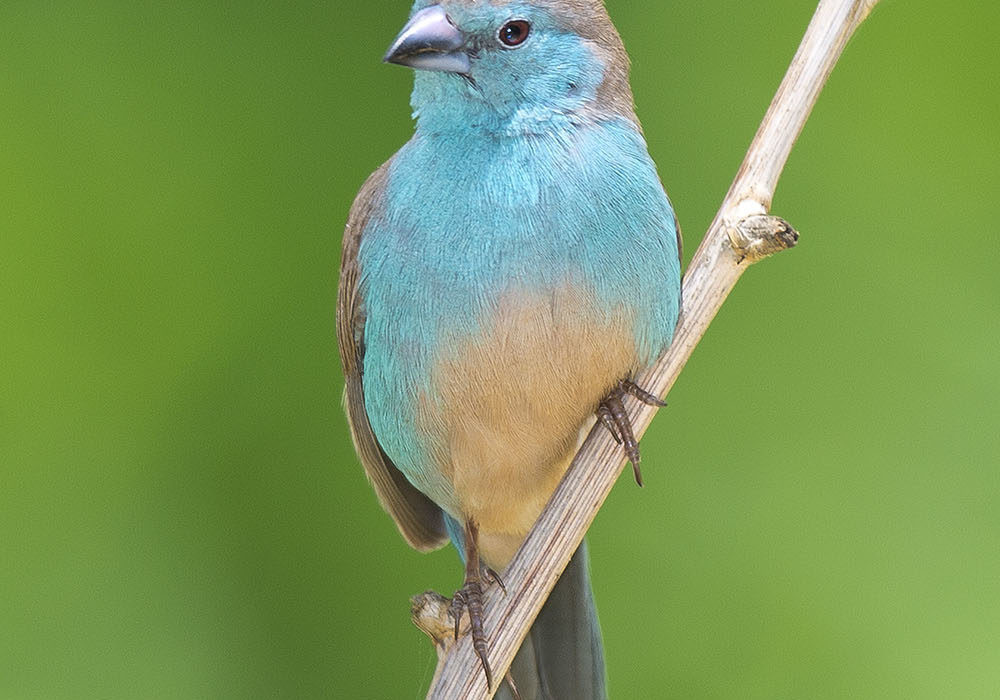
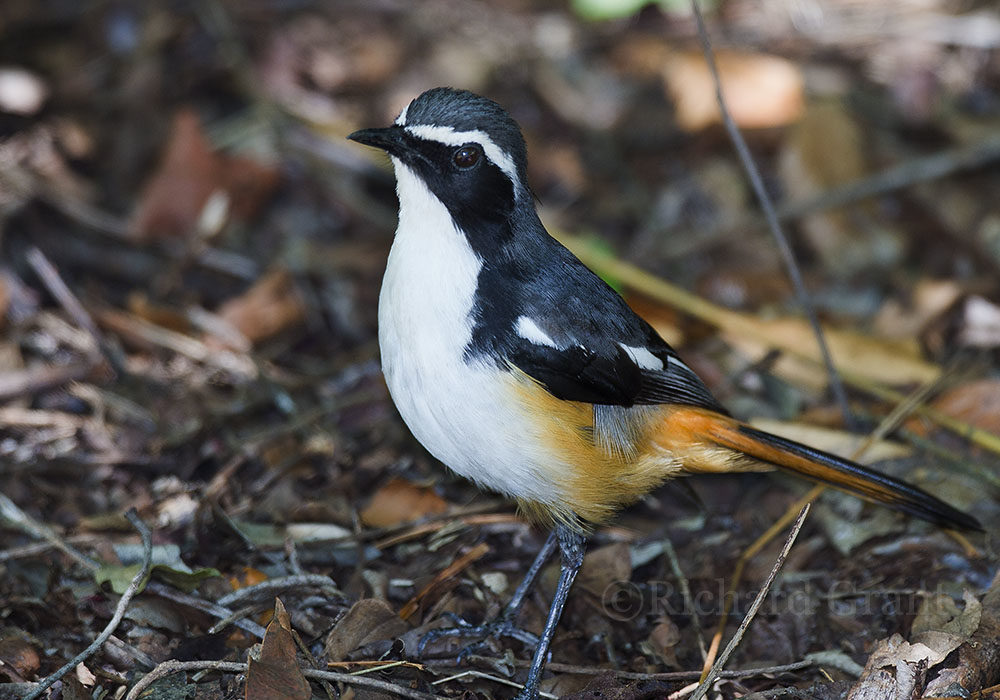
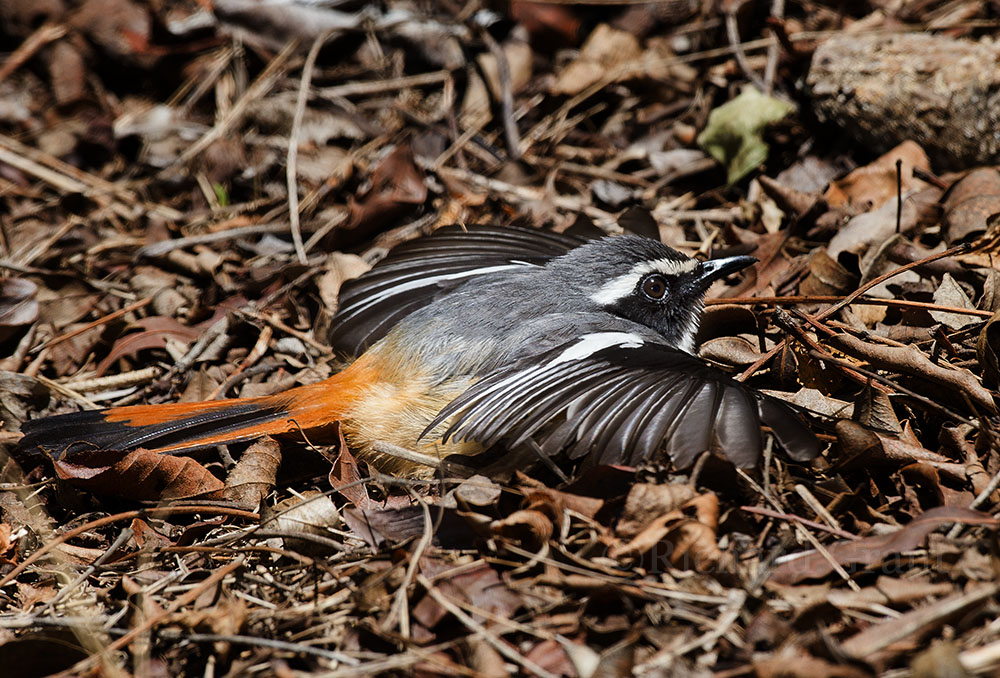
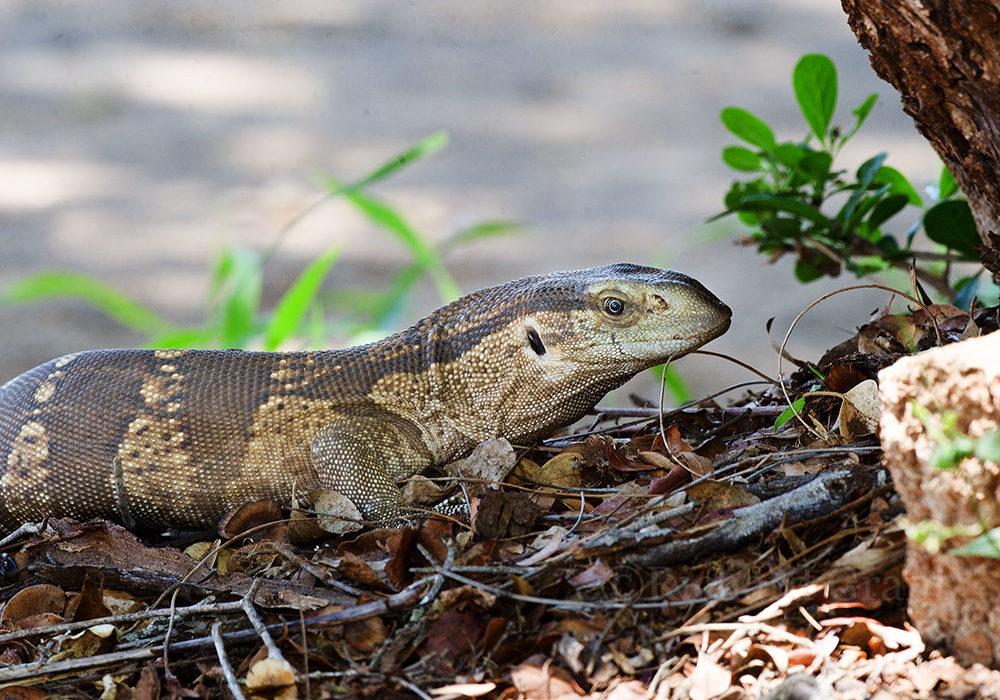
This afternoon, Gareth and I take off down to the Duke water hole. We stop at the Nthandanyathi Hide where we find plenty of water in front of the hide but the hide itself looking derelict and closed off with tape to the public. Yet another sign of the general decay in Kruger.
Everywhere there are pools of water and the new green grass is bursting forth. A most pleasant afternoon although nothing extraordinary.

